
Weeks & Potter

Andrew G. Weeks and Warren Bailey Potter were both retail and wholesale druggists in Boston. In the late 1850's they were proprietors of patent medicines such as Mrs. M.N. Gardner's Indian Balsam of Liverwort & Horehound, as well as agents for Ayer, Fetridge, Kidder, Osgood and Schenck, among others. By the 1860's their own products included Perry's Moth and Freckle Lotion for Chloasma, Collins' Voltaic-Electric Porous Plasters and Sanford's Radical Cure (for catarrh.) In 1878 they began to manufacture and sell Cuticura.
Three private die stamps were ordered by Weeks & Potter and first delivered in September of 1877. The one-cent black was delivered until March 1, 1883. 455,555 were printed on silk paper and 2,517,945 on watermarked paper. This copy is on watermarked paper.
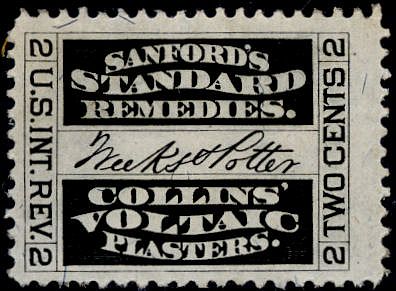
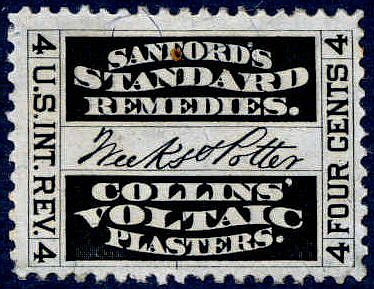
Only one delivery, of 20,000 copies printed on silk paper, was made of the two-cent stamp printed in black.
The four-cent black stamp was issued until March 19, 1883. 1,112,400 were printed. on silk, pink and watermarked papers. The copy above is on silk paper.
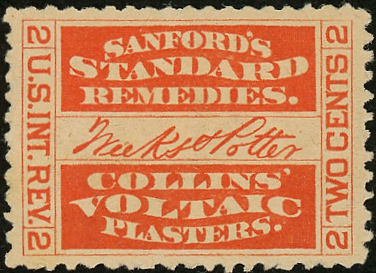
For whatever reason, the two-cent Weeks & Potter stamps were printed in red beginning in 1878. They were last delivered April 16, 1883. 1,388,800 were printed on pink and watermarked papers. This one is on watermarked paper.
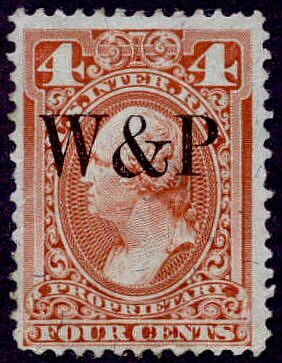
Prior to their use of private proprietary stamps Weeks & Potter applied general issue stamps to their products.
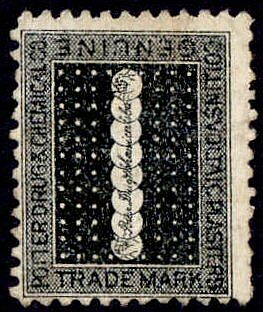
On January 1, 1883, Weeks, Potter and George Robert White organized Potter Drug & Chemical Company. Facsimile stamps issued between 1883 and 1889 bear that name. This one is modeled after the one-cent private stamp.
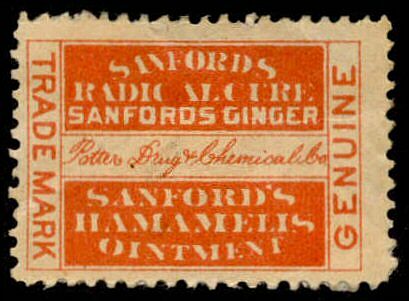
A Potter Drug & Chemical Company facsimile modeled after the two-cent private stamp.
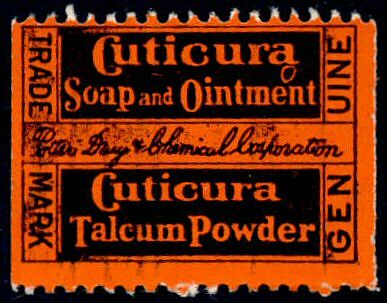
On January 1, 1899 the firm was incorporated as Potter Drug & Chemical Corporation, with Warren Potter as President. He died near the end of that year.
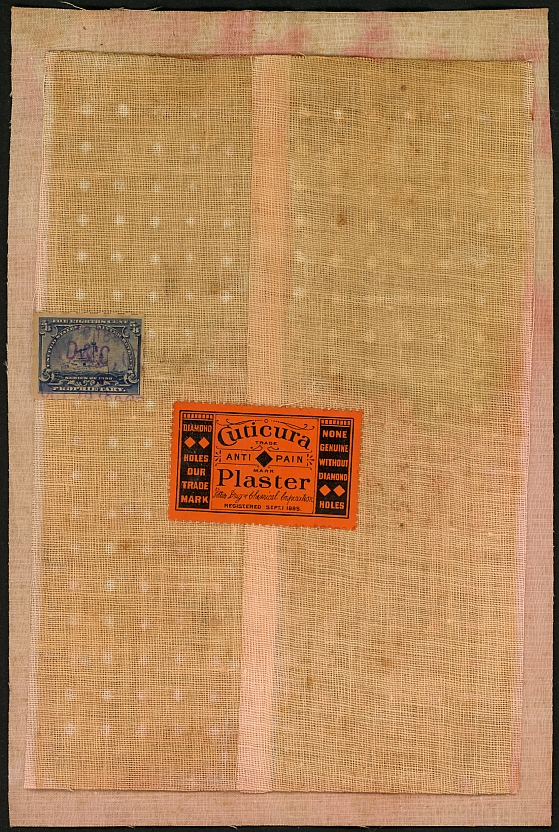
A medicated plaster sold by Potter Drug & Chemical Corporation in 1899.
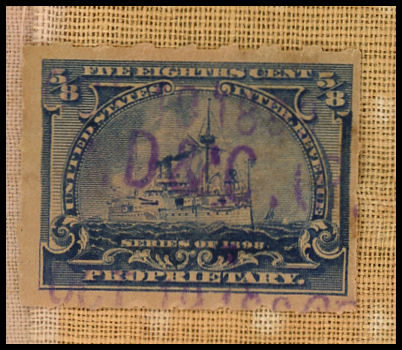
A close-up of the stamp. Only the D&C is clear, so it doesn't help much in identifying the firm's cancel on loose stamps.
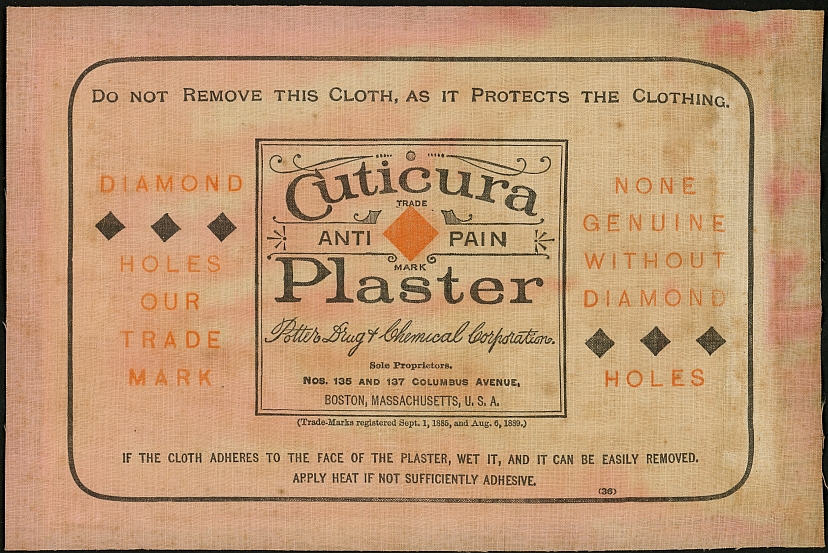
The front of the plaster.
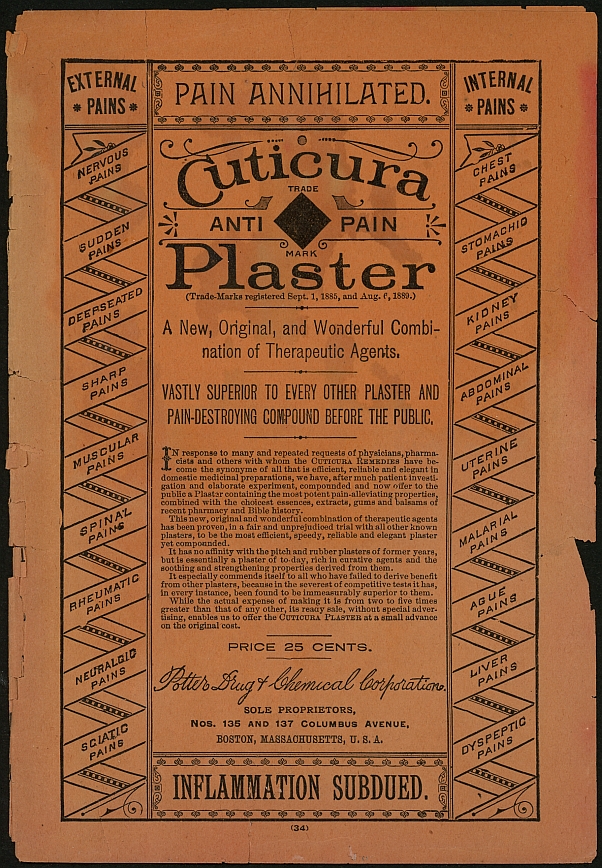
The front of the sheet of instructions that came with the plaster.
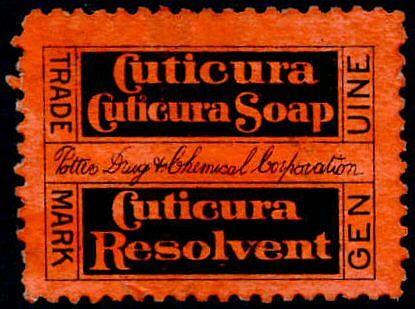
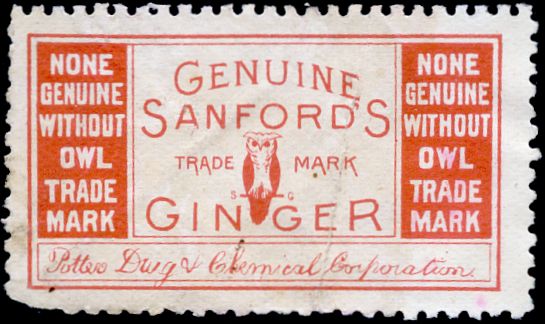
There are four or five different facsimile stamps known for the Potter Drug & Chemical Corporation.